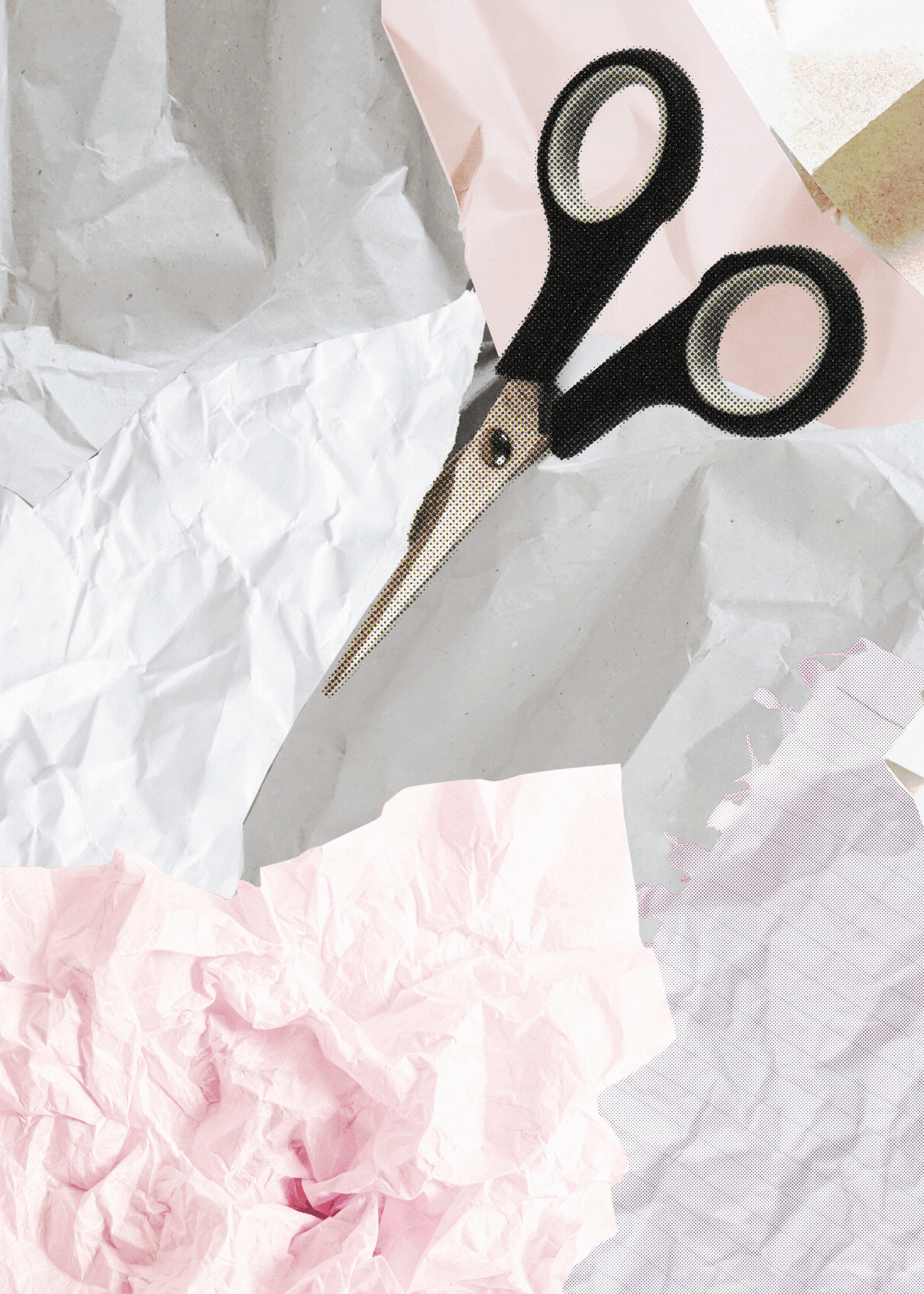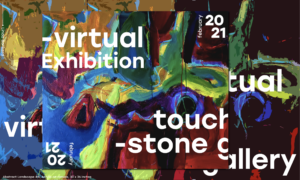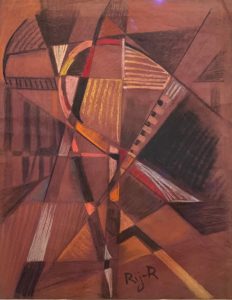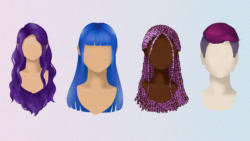On today’s college campuses, one of the biggest compliments you can get is that you’re nonchalant. I’ve heard this said about the way someone entered Lau 2, threw a lazy wave, or even checked their phone mid-conversation. Usually it’s said half-jokingly, but sometimes there’s a hint of admiration. Being nonchalant isn’t a personality quirk anymore—it’s a cultural status symbol, one that prioritizes detachment and makes sincerity feel embarrassing.
Through our generation’s preference for nonchalance, the open expression of emotion and effort—nonchalance’s opposite—begins to feel like a weakness. That perception is particularly harmful for young artists because vulnerability is essential to creating art. The danger isn’t in nonchalance itself, but rather in how it convinces us to mute our voices before they’re ever heard.
Nonchalance is an amalgamation of the worst parts of stoicism and cynicism. To be nonchalant requires the denial of your personal expression, valuing indifference over authenticity. This indifference is defined by nonchalance’s obsession with not showing effort or emotion. These two restrictions reinforce each other. If you can’t risk showing how hard you tried, you won’t risk showing how much you cared. And if you can’t risk showing how much you care, trying in the first place feels pointless. For young artists especially, this cycle is paralyzing, and that’s exactly how I feel with my own craft.
In high school, I played bass and guitar nearly every day. I felt confident in my abilities and performing in a live band never intimidated me. But when graduation came, I stopped playing with my band and sold my bass for some quick cash. I thought that was the end of that chapter. For my last three years at Georgetown, I barely touched music. This summer, I was inspired to return to it. But instead of picking up where I left off, I wanted to try something new: posting my own covers.
However, despite my desire to start this new journey, I found myself hesitating. The problem wasn’t playing the instruments—it was singing. I had never sung seriously before and starting now meant I would be visibly inexperienced. Within college campuses’ culture of nonchalance, that feels almost unacceptable.
At Georgetown, we have talented students in every field and hobby, from theater to cooking to intramural basketball. What many of these students have in common is that they were already good at these activities when they enrolled. They can perform effortlessly and impress any audience. With people’s obsession with nonchalant culture, those talents are viewed as cool because they’re done with the ease that only comes with years of experience. As a novice, it’s easy to feel that competing isn’t even worth it. Why put anything out there that’s anything less than perfection?
It’s not just hobbies and extracurriculars that suffer from this epidemic—it’s relationships too. Situationships—romantic relationships lacking clear definition or commitment—are a clear example of nonchalance’s detriments. Situationships often fail to progress into a relationship because one or both people withhold the very sincerity for which they yearn. The desire to deepen a connection is held back by the fear of being emotionally vulnerable with a partner. Much like relationships, the creation and relatability of art depend on emotional availability.
Art requires emotional leverage—artists tap into their personal experiences, hopes, and feelings to create. The recognition of those emotions allows artists to fully and honestly reproduce them in their art. There is a vulnerability that comes with this, and viewers resonate with that. Last June, a clip from Coldplay’s Las Vegas concert went viral for capturing lead singer Chris Martin’s raw emotion. The song began in its typical fragile melody, but at the end of the second verse, Martin erupted with feeling and began belting. This version of the song was dubbed “Dakota’s version,” as people speculated this rendition could have been prompted by his alleged breakup with Dakota Johnson. Fans applauded Martin’s emotional candor, relating to his grief and finding comfort in seeing their own feelings mirrored sincerely on stage.
Art uniquely allows us to connect with our humanity through its vulnerability. However, in an era where internet culture has promoted the concealment of that passion, we risk undermining the very humanity that we seek in art.
When we experience art, we appreciate the authentic effort that the artist displays. We recognize the countless hours they spend practicing, creating their own art style, and composing a vision of what they want to share with the world. It isn’t just the art: it’s the manifestation of a human’s desire to try and do.
The fear of imperfection that comes from nonchalance misses the point of creativity. Self-expression was never meant to be flawless or effortless. It’s meant to be human. Every stray line, voice crack, and off-key note is proof you tried—that’s what makes it vulnerable and therefore relatable. To have the courage to try and to be emotional is what art calls us to do.
Put your work into the world, even if it’s imperfect. Every time you do, you reclaim the courage to create art and most importantly, you get to witness how the audience connects to your experiences, story, and feelings. My desire to create and share human emotion will never be fulfilled if I let the imaginary risks of nonchalant culture stop me, and neither will yours.





